Why Bangladesh needs a ministry for landscape design and management
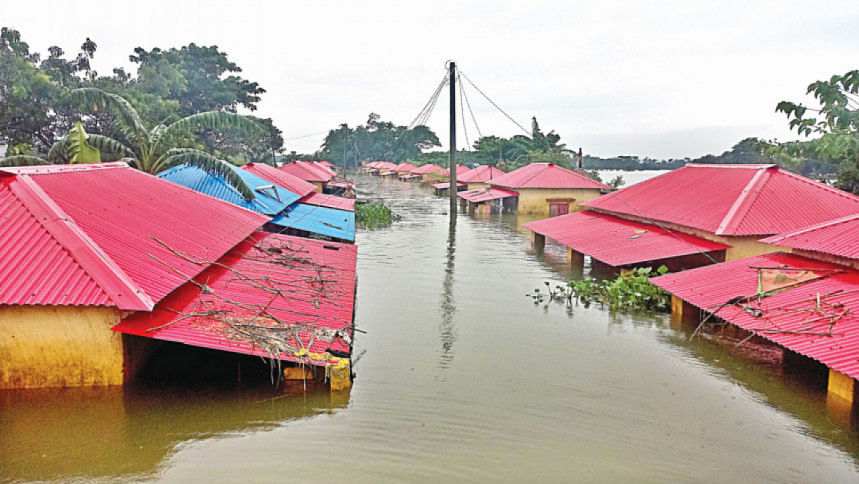
A little over a week ago, more than 16 lakh people in Bangladesh's Sylhet and Sunamganj districts found themselves marooned by escalating floodwaters. Despite the strikingly similar climates of Bangladesh and Miami in Florida, US, where I work as a landscape architect, the outcomes of heavy rainfall in these two regions are starkly different. Miami's approach harnesses nature's inherent mechanisms through creative and proactive solutions, turning challenges into opportunities. Meanwhile, the Sylhet region endured devastation due to flash floods, prompting the urgent question: why does Bangladesh still face such situations in 2024?
Bangladesh is a treasure trove of untapped landscape potential. It can transform its current challenges into opportunities by leveraging its natural assets. This requires a shift from reactive disaster management to proactive landscape design and management. Flood prevention is only one aspect; optimising the terrain and balancing human settlement with nature are equally crucial.
For Bangladesh, establishing a dedicated ministry for landscape design and management is not just visionary, but necessary. This ministry would oversee the comprehensive planning, development, and maintenance of the country's diverse landscapes, addressing long-standing challenges. For one, the country's extensive network of rivers could be harnessed for transportation, irrigation, and flood management. Currently neglected and polluted, these rivers need strategic rejuvenation. Drawing inspiration from the Netherlands, where river systems are integral to national infrastructure, the Bangladesh government could revitalise the Ganges-Brahmaputra-Meghna delta.
Properly managed natural resources could drive tourism, agriculture, and cultural activities, fuelling economic growth. The Sundarbans, the world's largest mangrove forest, exemplifies this potential. As a biodiversity hotspot and potential ecotourism destination, its proper management and promotion could attract global tourists, generate revenue, and create jobs. Costa Rica's ecotourism success through sustainable practices serves as a model for Bangladesh.
Urbanisation and climate change threaten Bangladesh's rich biodiversity and natural habitats. Sustainable practices are essential to conserving and protecting these areas. For example, conserving the Chittagong Hill Tracts, known for their unique flora and fauna, could preserve biodiversity while supporting local communities through eco-friendly tourism and sustainable agriculture.
Effective water resource management is critical in a flood-prone country like Bangladesh. Designing and maintaining infrastructure for efficient water management could also promote water-based tourism and recreational activities. Italy's Venice showcases how waterways can become major tourist attractions while managing complex water infrastructure.
Promoting landscape innovation and modern agricultural practices can boost productivity and sustainability. Integrating vertical farming and aquaponics into urban areas can combat food insecurity and reduce pressure on rural lands. Singapore's advancements in urban farming illustrate how Bangladesh could innovate in agriculture.
Raising awareness about landscape management's importance and engaging citizens in conservation efforts is vital. Educational initiatives can foster a culture of stewardship, where every citizen feels responsible for the environment. Programmes modelled after Japan's Satoyama Initiative, which promotes sustainable rural-urban linkages through community participation, could be effective.
To realise this vision, Bangladesh must recognise the critical role of landscape architecture. Landscape architects can guide the nation's landscape policies and projects with their expertise. Singapore's green, sustainable urban environments highlight the benefits of skilled landscape architects. They can design resilient cities that harmonise with natural systems, ensuring urban development does not come at the expense of environmental degradation. They can lead projects that integrate green infrastructure, enhance biodiversity, and create public spaces that improve quality of life.
Establishing a ministry for landscape design and management symbolises a collective commitment to transforming Bangladesh's landscape. It heralds a new era where design and nature work in harmony, elevating the quality of life and dignity of every citizen. This vision transcends flood prevention and resource management—it's about creating a nation where every individual feels a sense of pride and responsibility towards their environment. A specialised ministry would help realise this vision, emphasising the optimal use and preservation of the country's natural resources. By adopting this perspective, design can significantly enhance the quality of life and sense of dignity for the people. It's time for Bangladesh to build a future where development and conservation of nature take place simultaneously.
Asif Khan is a Bangladeshi landscape architect based in Florida, US.
Views expressed in this article are the author's own.
Follow The Daily Star Opinion on Facebook for the latest opinions, commentaries and analyses by experts and professionals. To contribute your article or letter to The Daily Star Opinion, see our guidelines for submission.

 For all latest news, follow The Daily Star's Google News channel.
For all latest news, follow The Daily Star's Google News channel. 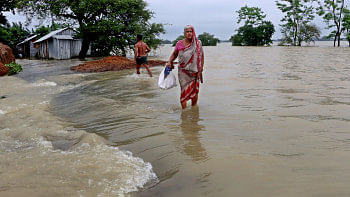



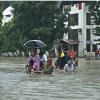

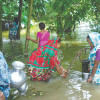
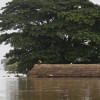



Comments